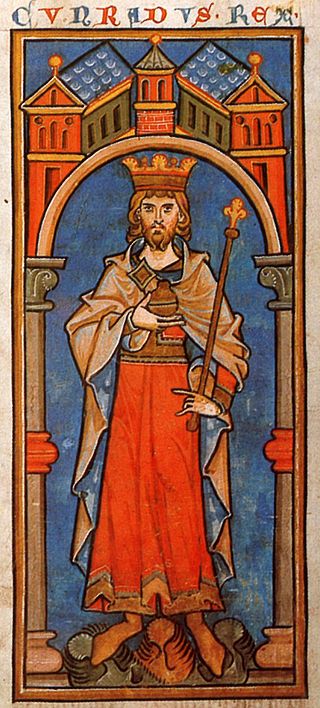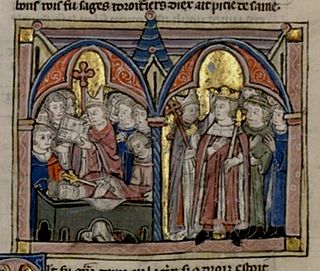The 1160s was a decade of the Julian Calendar which began on January 1, 1160, and ended on December 31, 1169.

Year 1135 (MCXXXV) was a common year starting on Tuesday of the Julian calendar.
The 1150s was a decade of the Julian Calendar which began on January 1, 1150, and ended on December 31, 1159.
The 1170s was a decade of the Julian Calendar which began on January 1, 1170, and ended on December 31, 1179.
The 1100s was a decade of the Julian Calendar which began on January 1, 1100, and ended on December 31, 1109.
The 1130s was a decade of the Julian Calendar which began on January 1, 1130, and ended on December 31, 1139.

Year 1179 (MCLXXIX) was a common year starting on Monday of the Julian calendar.
The 1180s was a decade of the Julian Calendar which began on January 1, 1180, and ended on December 31, 1189.
The 1110s was a decade of the Julian Calendar which began on January 1, 1110, and ended on December 31, 1119.

Year 1100 (MC) was a leap year starting on Sunday of the Julian calendar, the 1100th year of the Common Era (CE) and Anno Domini (AD) designations, the 100th year of the 2nd millennium, the 100th and last year of the 11th century, and the 1st year of the 1100s decade. In the proleptic Gregorian calendar, it was a non-leap century year starting on Monday.

Year 1180 (MCLXXX) was a leap year starting on Tuesday of the Julian calendar.

Year 1165 (MCLXV) was a common year starting on Friday of the Julian calendar.

Year 1176 (MCLXXVI) was a leap year starting on Thursday of the Julian calendar, the 1176th year of the Common Era (CE) and Anno Domini (AD) designations, the 176th year of the 2nd millennium, the 76th year of 12th century, and the 7th year of the 1170s decade.

Year 1169 (MCLXIX) was a common year starting on Wednesday of the Julian calendar.

Year 1167 (MCLXVII) was a common year starting on Sunday of the Julian calendar.

Year 1137 (MCXXXVII) was a common year starting on Friday of the Julian calendar.

Year 1138 (MCXXXVIII) was a common year starting on Saturday of the Julian calendar.

Year 1174 (MCLXXIV) was a common year starting on Tuesday of the Julian calendar, the 1174th year of the Common Era (CE) and Anno Domini (AD) designations, the 174th year of the 2nd millennium, the 74th year of the 12th century, and the 5th year of the 1170s decade.

Year 1185 (MCLXXXV) was a common year starting on Tuesday of the Julian calendar.

Year 1105 (MCV) was a common year starting on Sunday of the Julian calendar.













